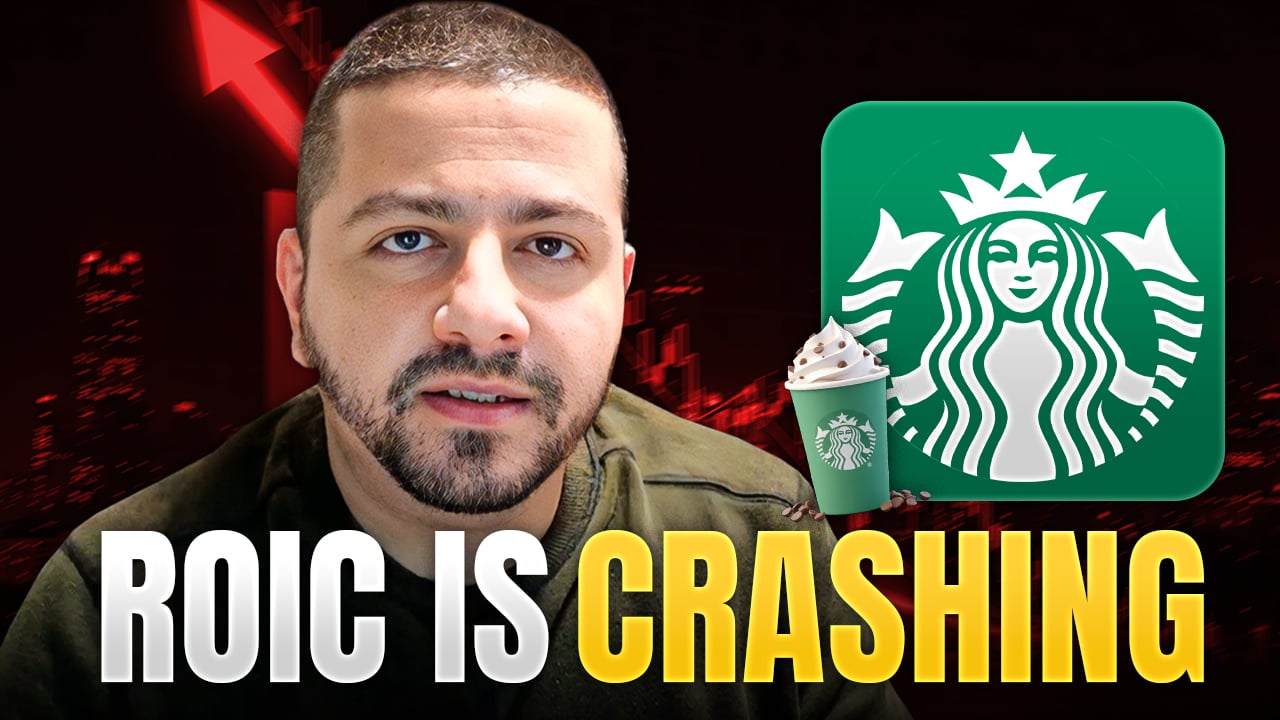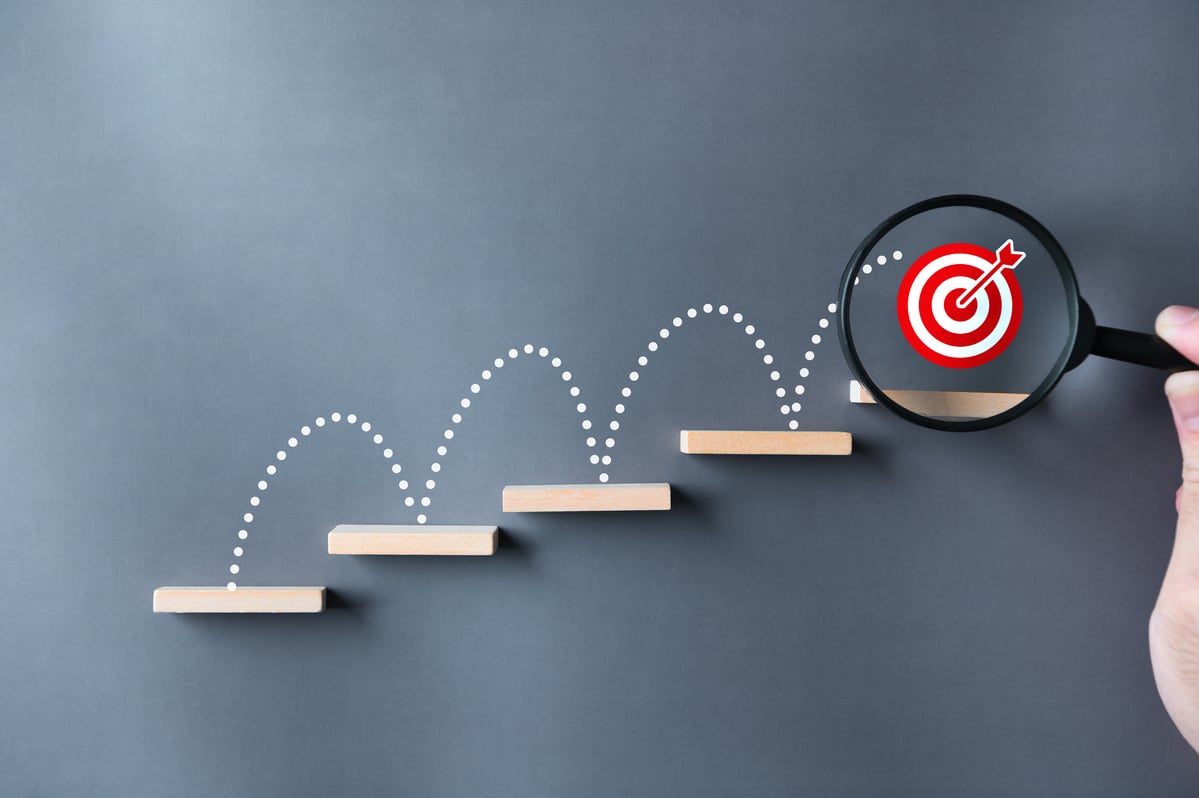Every investor hopes the stock market will bring them life-changing wealth.
With the average stock returning about 9% (with dividends reinvested) historically, the stock market has a unique ability to generate wealth along with the power of compound interest. Nine percent returns aren't too shabby. That kind of growth would turn $1,000 into $2,370 in a decade; $5,604 in 20 years; and $13,267 in 30 years.

Image source: Getty Images.
However, to attain truly life-changing growth from your investments, you need to find companies that will consistently outperform the market and deliver above-average growth over long periods of time. Though investors often look to tech stocks and other high-growth stocks to deliver such performance, these don't have to be obscure, under-the-radar companies.
Nike (NKE +0.25%), Starbucks (SBUX 2.61%), and Costco (COST +0.56%) have all turned $1,000 into $250,000 over their lifetimes. Keep reading to see how they did it and what lessons we can take from their success.

Image source: Nike.
1. Nike: A sportswear giant
Since its IPO in 1980, Nike has returned nearly 86,000% with dividends reinvested, enough to turn $1,000 invested in the IPO into close to $1 million.
Nike is a pioneer in the sportswear industry, turning what was mostly a sleepy sports-and-exercise-focused industry into one centered around fashion and lifestyle. Air Jordans, perhaps the company's best-known product, have been iconic since their introduction in 1984, and new releases today still sell out and command top dollar on resale sites. Nike essentially invented the "sneakerhead" culture that has elevated athletic footwear to high fashion.
The company has also proven to be a master of marketing. Its swoosh logo is among the most recognizable around the world, as is its slogan "Just do it." Its TV commercials have been buzzworthy as well, whether it's those dating back to the '80s starring Spike Lee, declaring "It's gotta be the shoes," or more recent politically infused ones starring Colin Kaepernick. Over the years, Nike has also enlisted many of the biggest superstars in sports to endorse its products,like Michael Jordan, LeBron James, Tiger Woods, and Serena Williams, elevating the brand and its appeal.
Nike has also benefited from media globalization, as the NBA has developed a following around the world. This is especially true in China, where Nike's sales have boomed in recent years.
Meanwhile, the company continues to innovate, introducing its Vaporfly 4% running shoe that is so fast that officials debated banning it. The company has also adapted to changing consumer shopping habits, investing in direct-to-consumer connections like apps and experiential stores.
That strategy has delivered steady sales and profit growth throughout the company's history, and its digital investments put Nike in a position to gain market share coming out of the coronavirus crisis, paving the way for more growth.

Image source: Starbucks.
Starbucks: A coffee pioneer
Starbucks started with a simple idea. On a visit to Milan, Howard Schultz found himself charmed by the cafe culture and the "theater" and ritual around espresso and coffee. Schultz brought the concept back to Seattle, and after opening his own cafe, acquired Starbucks, which was then a small chain of stores selling coffee beans and supplies.
The rest, as they say, is history. Starbucks expanded across the country, introducing the new cafe concept to a country eager to enjoy the experience that mesmerized Schultz. Its focus on being a "third place" away from work and home proved popular, as did its commitment to customer service and a premium experience. Since its 1992 IPO, Starbucks has returned more than 25,000% with dividends reinvested.
Starbucks has built a coffee empire with more than 30,000 stores around the world, and a supply chain that fills supermarkets and other retail establishments with bagged Starbucks coffee and proprietary products like bottled Frappuccinos. Starbucks has also built an impressive business in China, now its second-biggest market, where it's opening roughly 500 new stores annually. Schultz believes that China could one day be the company's biggest market, ahead of the U.S.
In addition to its brand, Starbucks has separated itself from competitors through investments in technology. Its app, which enables easy payment through a rewards program and mobile order and pay, allows customers to order online and pick up their beverage on arrival.
The coronavirus pandemic has dealt Starbucks a setback as it's been forced to close much of its store base. But it's since reopened most shuttered locations and is adapting to the new environment by opening pickup stores and reconfiguring existing locations to facilitate social distancing and curbside pickup. As the pandemic eases, Starbucks should return to growth and outperform its competitors.
Costco: A brick-and-mortar winner
Brick-and-mortar retail has struggled in recent years as e-commerce and online retailers like Amazon have picked off customers and taken market share. However, Costco, through its membership model and bargain prices on bulk goods, has consistently delivered growth and maintained high retention rates and customer satisfaction. That strategy has led the warehouse retailer to deliver incredible returns to early investors. If you had put $1,000 into Costco's 1985 IPO, you'd have nearly half a million today, as the chart below shows.
Early in its history, Costco's most important move was a merger with Price Club, establishing the company as the clear leader in buy-in-bulk warehouse retail, with $15 billion in annual sales at the time.
Since then, Costco has continued to grow through a commitment to simple principles like bargain prices in a no-frills atmosphere, good customer service, and employee pay that's significantly above the industry average, which has helped lower turnover and improve employee performance. The company eschews advertising and other promotional tactics to keep costs as low as possible.
Costco has consistently grown same-store sales and membership over the last decade, and outperforms rivals like Walmart's Sam's Club by a wide margin. In its last fiscal year, Costco generated $1,311 in sales per square foot, compared to $733 at Sam's Club.
Costco has increased its investments in e-commerce in recent years to satisfy online demand, and the company continues to open new stores. As an essential retailer, it also seems poised to perform well during the pandemic.

Image source: Costco.
How did they do it?
All three of these companies are leaders in their respective categories. Nike dominates sports footwear and apparel, Starbucks is the biggest coffee chain in the world, and Costco is the clear leader in membership-based warehouse retail.
While their leadership may be have been less recognizable decades ago, all three companies have long exhibited the same qualities that make them stellar businesses today, and their historical growth has been virtually uninterrupted. As the charts above show, the only significant setback any of these companies experienced was at Starbucks in 2006-2008, when the brand faltered under a new leader.
Nike, Starbucks, and Costco also traffic in timeless categories. People will always buy sneakers and coffee, and even as retail moves online, low prices and a good deal will never go out of style. "Winners keep winning" is a popular phrase in investing, and these three companies show how category leadership can deliver monster stock gains when allowed to compound.
When you find a stock like one of these three, it's worth holding it for the long term.













